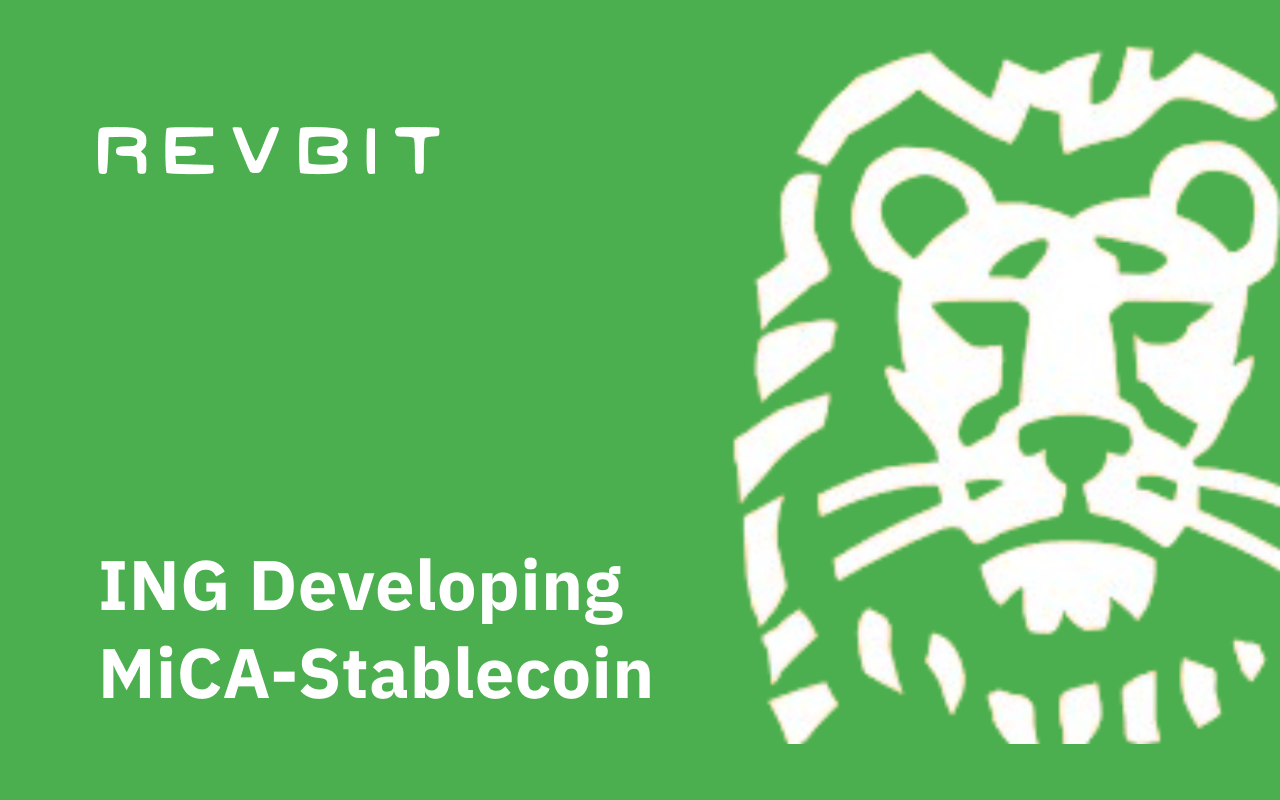
Dutch banking giant ING is reportedly working on a MiCA-compliant stablecoin project in collaboration with other financial institutions. The initiative, still in early stages, aims to meet the strict regulatory standards introduced under the European Union’s Markets in Crypto-Assets (MiCA) framework, which came into effect in June 2024.
What We Know About the ING Stablecoin Project
According to sources cited by CoinDesk, the ING crypto initiative may take the form of a consortium-based stablecoin, potentially involving banks and regulated crypto service providers. While development is ongoing, some stakeholders are reportedly waiting for board-level approval before proceeding with formal partnerships.
If launched, the token could serve as a MiCA-regulated digital asset, expanding the role of European bank stablecoinswithin the EEA stablecoin market.
Regulatory Context: MiCA and the Future of Stablecoins in Europe
The MiCA regulation, which officially governs the issuance and operation of stablecoins across the European Economic Area (EEA), imposes strict reserve requirements. Notably, issuers must hold at least 60% of reserves in EU-based financial institutions.
This requirement has drawn criticism from major players like Tether, whose CTO Paolo Ardoino has warned that such rules could introduce systemic risks by limiting issuer flexibility. In response, Tether discontinued support for its EURTtoken in Europe and instead shifted focus to MiCA-compliant partnerships with licensed entities such as Quantoz Payments and StablR.
Circle Leads, Tether Retreats
While Tether adapts to regulatory pressure, its key competitor Circle has taken a proactive approach. Circle received formal approval to issue stablecoins in the EEA in July 2024, becoming one of the first companies to align with MiCA crypto regulations. By early 2025, ten firms were officially registered to operate under the new regime.
This divergence highlights an emerging Circle vs Tether EU market dynamic, as both firms compete for compliance and adoption in one of the world’s most tightly regulated jurisdictions for crypto.
Implications for Banks and Stablecoin Adoption
If confirmed, the ING stablecoin project would mark one of the first large-scale efforts by a traditional bank to issue a euro-backed digital asset under full EU crypto legislation. It also supports broader trends in stablecoin banking partnerships and the development of real-world asset platforms by regulated financial institutions.
With MiCA serving as the global benchmark for digital asset regulation, ING’s move may encourage other banks to explore similar ING blockchain initiatives focused on compliant, euro-denominated products.
What’s Next For MiCA-compliant Stablecoin
The project timeline remains uncertain, as ING and its partners move cautiously amid regulatory complexity. However, with the MiCA 2024 stablecoin rules now in full effect, more initiatives from legacy financial players are expected.
A recent forecast from Standard Chartered estimates that the global regulated stablecoins market could exceed $2 trillion by 2028 — and Europe, with frameworks like MiCA-compliant stablecoin, may lead the charge.